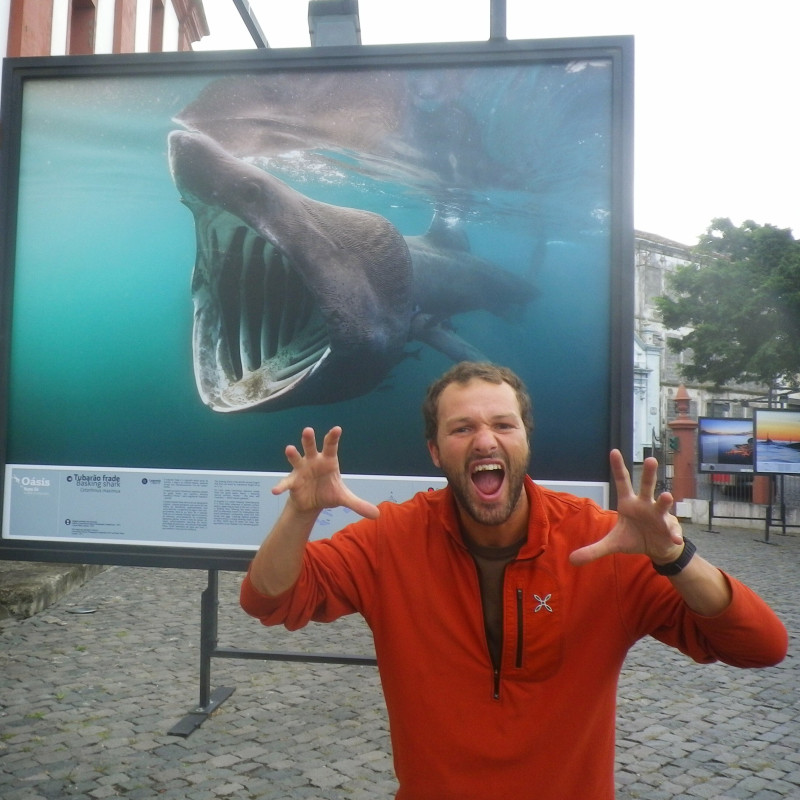Team
Davide Masoero
Co-P.I. of the project
In 2010, he moved to the Group of Mathematical Physics of Lisbon University, where he has been working since then – but for a brief period as a Research Associate at the University of Sydney. He currently holds a FCT Researcher position and he is the Principal Investigator of the FCT research projects “Irregular Connections on Algebraic Curves and Quantum Field Theory” and “A mathematical framework for the ODE/IM correspondence”.
He held visiting positions at the Research Institute for Mathematical Sciences (RIMS, Kyoto), at The University of Sydney, at Centro di Ricerca Matematica Ennio De Giorgi (Pisa), and at The Simons Center for Geometry and Physics (Stony Brook, US).
He is a leading expert in the asymptotic analysis of irregular singularities and he applies this tool to address a great variety of problems in mathematical physics. In particular he has achieved the following results:
1. The ODE/IM correspondence.
He established an ODE/IM correspondence for any affine Kac Moody algebra (collaboration with Andrea Raimondo and Daniele Valeri). See Comm. Math. Phys. 2016, 2017, 2020.
He showed that the monster potentials defined by Bazhanov-Lukyanov-Zamolodchikov are in bijection with the states of the Quantum KdV model (collaboration with Ricardo Conti). See arXiv 2020.
2. Painlevé equations.
He computed the asymptotic distribution of the poles of the tritronnquee solution of the Painlevé first equation and obtained a proof of the bijectivity of the Riemann-Hilbert correspondence for the same equation. See JPhysA 2010, Nonlinearity 2010.
He computed the asymptotic distribution of the roots of the generalized Hermite polynomials, and thus proved Clarkson’s conjecture (collaboration with Pieter Roffelsen). See SIGMA 2018, arXiv 2019.
3. Dispersionless limit of 1 dimensional nonlinear waves.
He obtained a classification of the universality classes of critical behaviour of scalar nonlinear waves (collaboration with Andrea Raimondo). See Lett Math Phys 2012, IMRN 2015, Physica D 2015.
4. Bio-physics.
By solving a model of the E. Coli’s metabolism stoichiometry, he obtained an inverse linear law relating the growth rate and the ability of responding to external stimuli of colonies of E. Coli. This finding suggests that suboptimal phenotypes may be actually favoured by varying external conditions (collaboration with Daniele De Martino). See JStat 2016.
Selected publications
- Masoero, Davide. “Poles of integrale tritronquee and anharmonic oscillators. A WKB approach.” Journal of Physics A: Mathematical and Theoretical 43.9 (2010): 095201.
- Masoero, Davide, Andrea Raimondo, and Daniele Valeri. “Bethe ansatz and the spectral theory of affine Lie algebra-valued connections I. The simply-laced case.” Communications in Mathematical Physics 344.3 (2016): 719-750.
- Masoero, Davide, and Pieter Roffelsen. “Poles of Painlevé IV rationals and their distribution.” SIGMA. Symmetry, Integrability and Geometry: Methods and Applications 14 (2018): 002.
- Masoero, Davide, and Andrea Raimondo. “Opers for higher states of quantum KdV models.” Communications in Mathematical Physics 378.1 (2020): 1-74.

